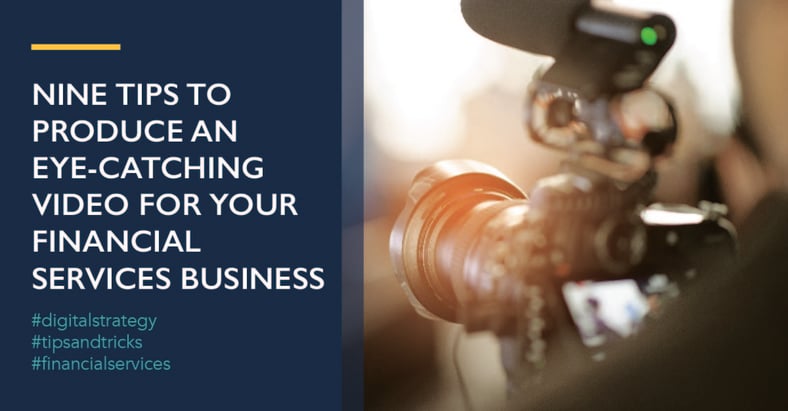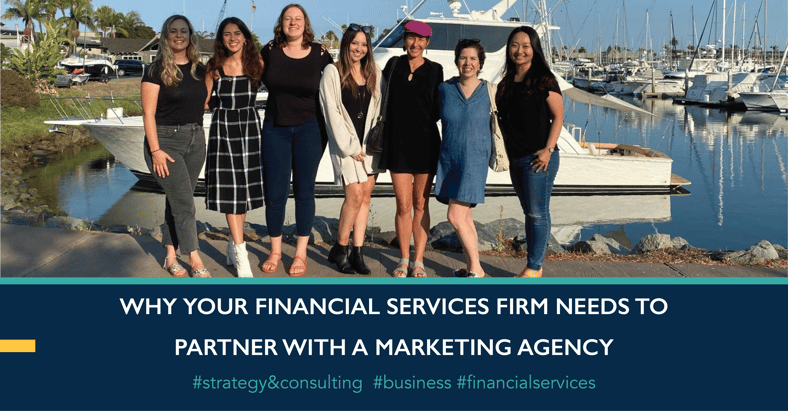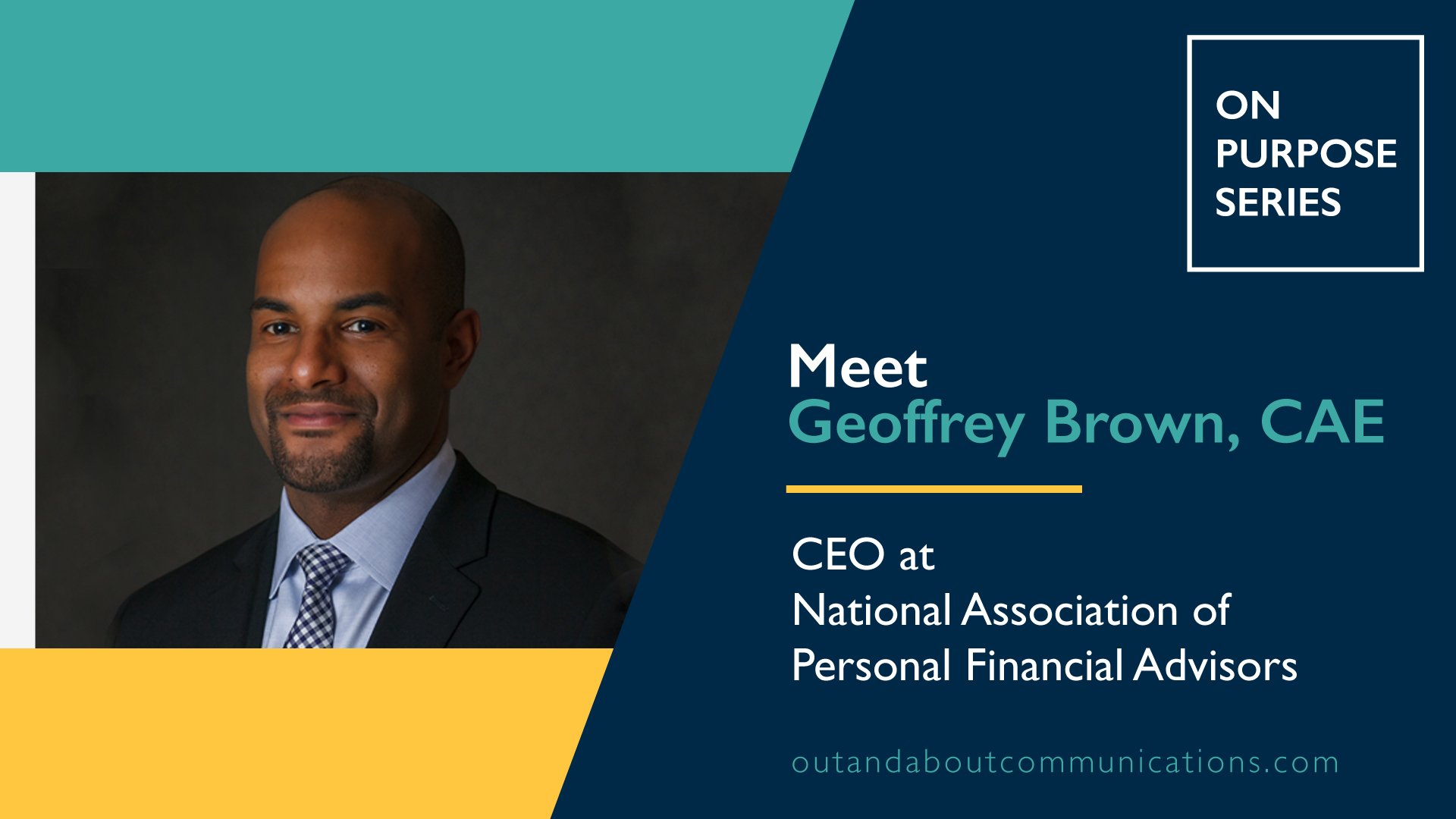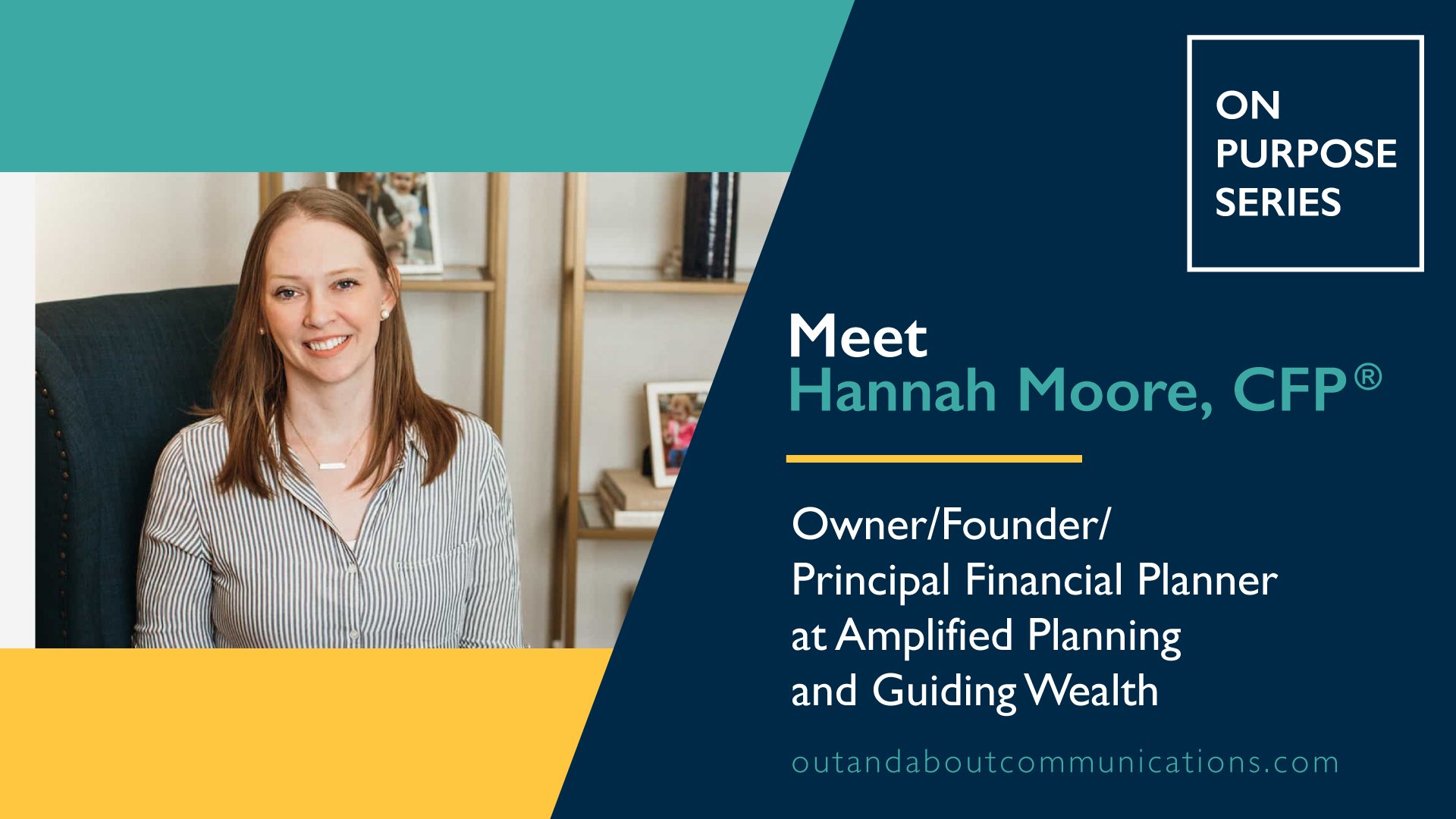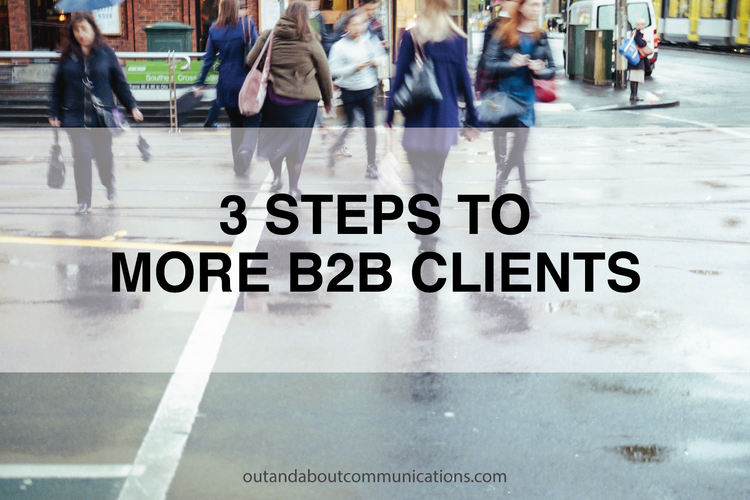
By Lauren Hong
Sales. As a B2B marketer, you know that sales are crucial to increasing revenue. Bringing more money in the door means a steadier cash flow, a higher profit margin, and happier management that can reward its employees. In the words of billionaire investor Mark Cuban, “sales cure all.”
Yet sales are dependent on clients to sell to. So while sights can be focused on sales, in the long run, it’s the clients that deserve your focus in the here and now. What’s a B2B marketer to do?
Get more clients. Easier said than done, right?
The top three ways to gain more clients as a B2B firm
Fortunately, in our digital age where connection is constantly at the tip of our fingers, knowledge can spread with the click of a button, and analytics abound, gaining more clients isn’t as elusive as it once might have been. It all comes back to three pillars that your B2B organization simply has to be the best-of-the-best at:
1. Relationship building
At the risk of sounding like the masses, marketing and business building is all about relationships in the B2B world, no matter the industry. Cultivating new relationships and nourishing the ongoing ones is crucial to retaining customers and generating referrals: two of the most effective customer acquisition methods. How exactly do you cultivate and nourish relationships? We’re glad you asked:
Build trust as an authority
Every meaningful relationship is based on trust. When it comes to being trusted by your potential and current clients, you can build trust by claiming your thought leadership and acting as an educator. Here are just a few ways to do just that:
- Seminars and/or webinars: Host in-person or digital events that cater to your audience’s needs. What questions, concerns, or problems do they have? For example, if you’re an investment manager for institutional businesses, hosting a quarterly economic review where you present alongside relevant guest speakers and influencers will establish you as an educator and a resource.
- Editorial calendar planning: Content marketing is the key to establishing thought leadership. Sharing your knowledge via blog posts, case studies and white papers offers your community free access to your knowledge, further establishing you as an authority. Create an editorial calendar on the topics that matter most to your desired clients, and develop and distribute that content via different media, from videos to blogs and case studies to podcasts. Take their questions and concerns and think outside of the box here. For example, as a furniture supplier, you might not need to spend as much time on education, per se, but you can develop content based on how your furniture is made, why it’s better for the office, and more.
Thought leadership isn’t built in a day, but with a dedication to educating your community, your trustworthiness will no doubt attract customers to learn more about you.
Be a matchmaker
Sometimes building relationships require being resourceful. Even the most renowned thought leaders can’t know everything. So how can you further enhance the trust required to build relationships? Be the resource who connects people.
Perhaps you sell design services to fellow businesses. You get a prospect who’s looking for not just a designer, but a printer who can take that design and bring it to life. Connect them to the best printer you know. As a matchmaker, you’re the trusted resource they’ll come back to.
Play host
When it comes to offline marketing tactics, events steal the show. In fact, 84 percent of B2B marketers view events like exhibitions, trade shows, and conferences as effective in reaching their marketing goals.
Events work because coming face-to-face with potential and current clients further builds a relationship that may have only lived online or over the phone. Don’t just attend events, though, be the host who makes the event happen: host clients in unique spaces like an opera house tour or a batting practice meet-and-greet at a baseball stadium.
Relationships are built on trust, and trust requires getting personal: sharing your knowledge; connecting people as a matchmaker; and playing host as you, yourself, take those relationships to the next level.
2. Making your website work
When you can’t personally be building relationships, let technology work for you. We’ve said it before, and we’ll say it again: your website is your 24/7 salesperson that’s greeting clients on the front porch and inviting them in when your actual sales team can’t be.
Furthermore, company websites remain the top digital channel for B2B marketers, with 81 percent rating their sites as effective in helping them accomplish key marketing goals.
Still unsure of whether or not you need a website? We’ll be straight with you: you do. Websites aren’t just crucial for B2C marketers; your B2B clients use Google as well, and it’s the first place they’ll go when they want to learn more about your business. What does your website need to greet them with?
- An intro to your business: an about page and company story that resonates with the audience you want to connect with.
- Responsive design: your clients might be coming to your website via desktop, tablet, or mobile. You want the site that greets them to be optimized for the device they’re viewing it on.
- Accurate information: you might think this goes without saying, but keeping your website up-to-date is key, from your contact information to your service offerings and your team bios.
- Free resources: send your potential clients down the rabbit hole by providing concise, compelling copy and free resources like blogs, videos, or downloadable resources where they can learn more about you.
Calls to action: let them know what you want them to do. Include clean, prominent calls to action that encourage potential clients to book a call, download a resource, or sign up for your mailing list. Capturing their contact information is one the key functions of a website; make it easy for them to get there.
Your website is your online home. Make it as welcoming as you would your physical one.
3. Becoming an inbox hero
Email marketing ranks second amongst digital marketing tactics, with 71 percent of B2B marketers reporting it as effective. But when inbox overwhelm is prevalent, your community’s inboxes are sacred spaces that need to be treated with care.
For you, that means developing an email marketing strategy that serves your potential and current clients, while strategically keeping you top of mind.
Make the most of your email marketing by establishing a set frequency, making it clear what you’re promising your subscribers (perhaps it’s coupons; sneak peeks of product launches; updates on product features; event invites; or more), and keeping emails to-the-point and actionable, leading them back to your website.
Sales require clients; now you know how to get them
Build relationships. Make your website work. Be an inbox hero. All the while, keep in mind that you’re out to serve your customer. In doing so, you’ll not only increase the amount of new leads in the door; you’ll retain the clients whose relationships you’re already nurturing.

